The towering Jewish critic who taught me to grok art and hate Picasso
After Max Kozloff died at 91, a New York community came together to remember and to mourn
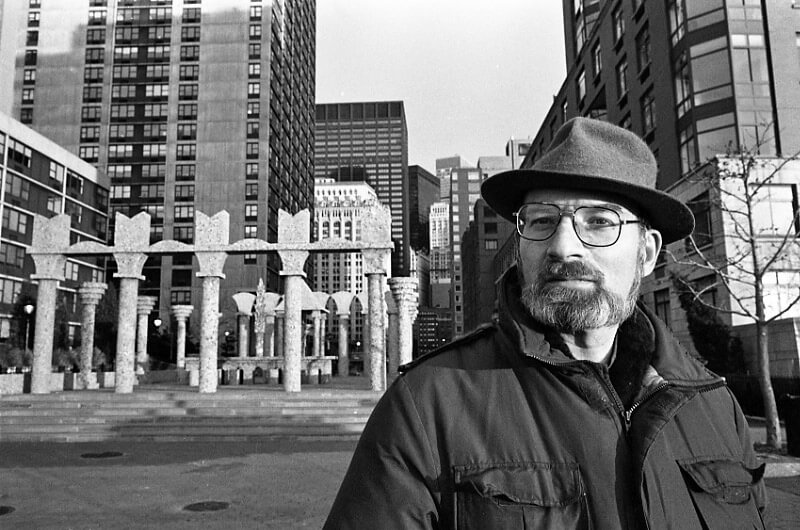
After Max Kozloff died at 91, a New York community came together to remember and to mourn
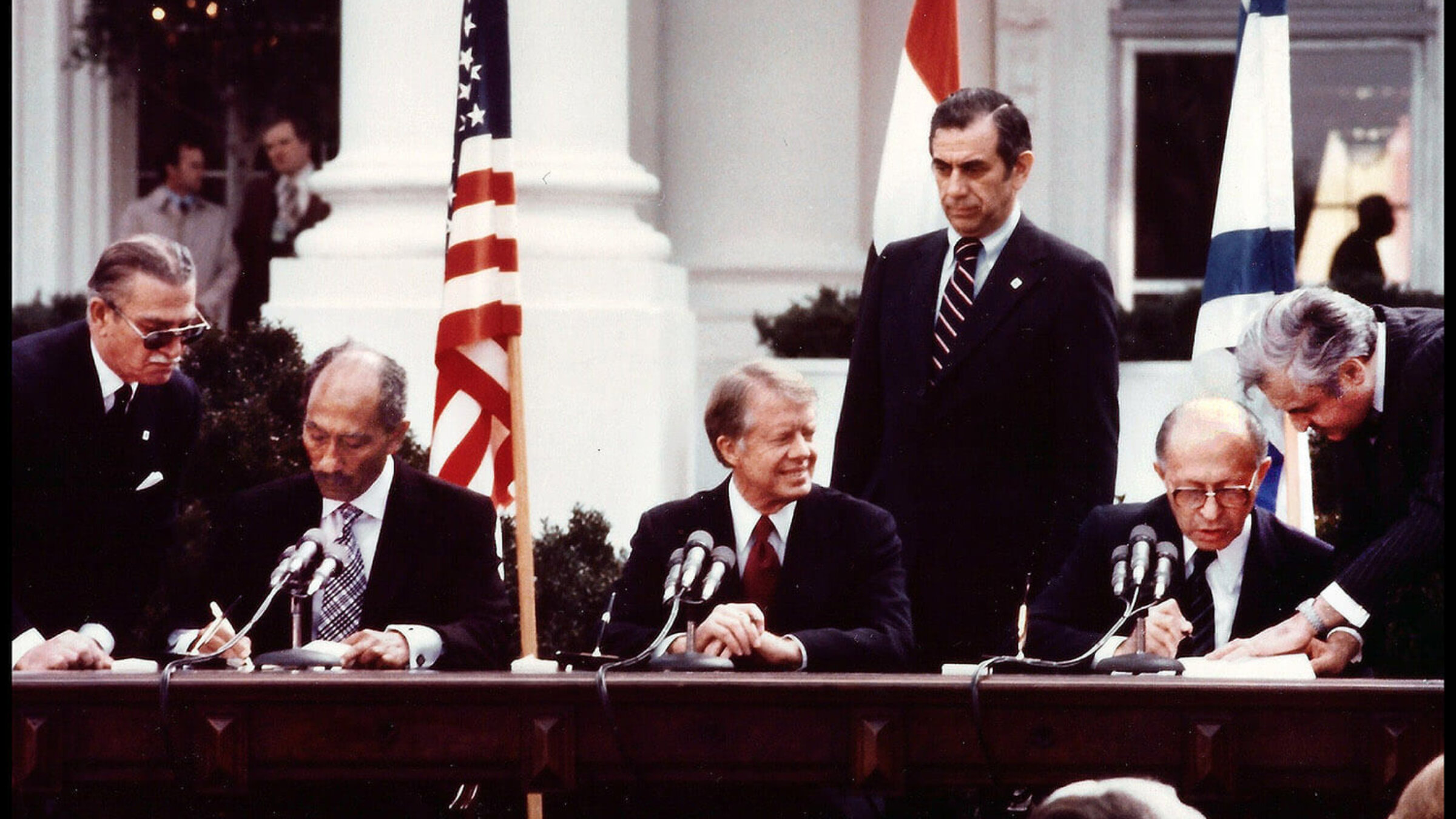
Photographer Robert A. Cumins captured Carter during trips to Israel, signing the Camp David Accords and at Shabbat dinner
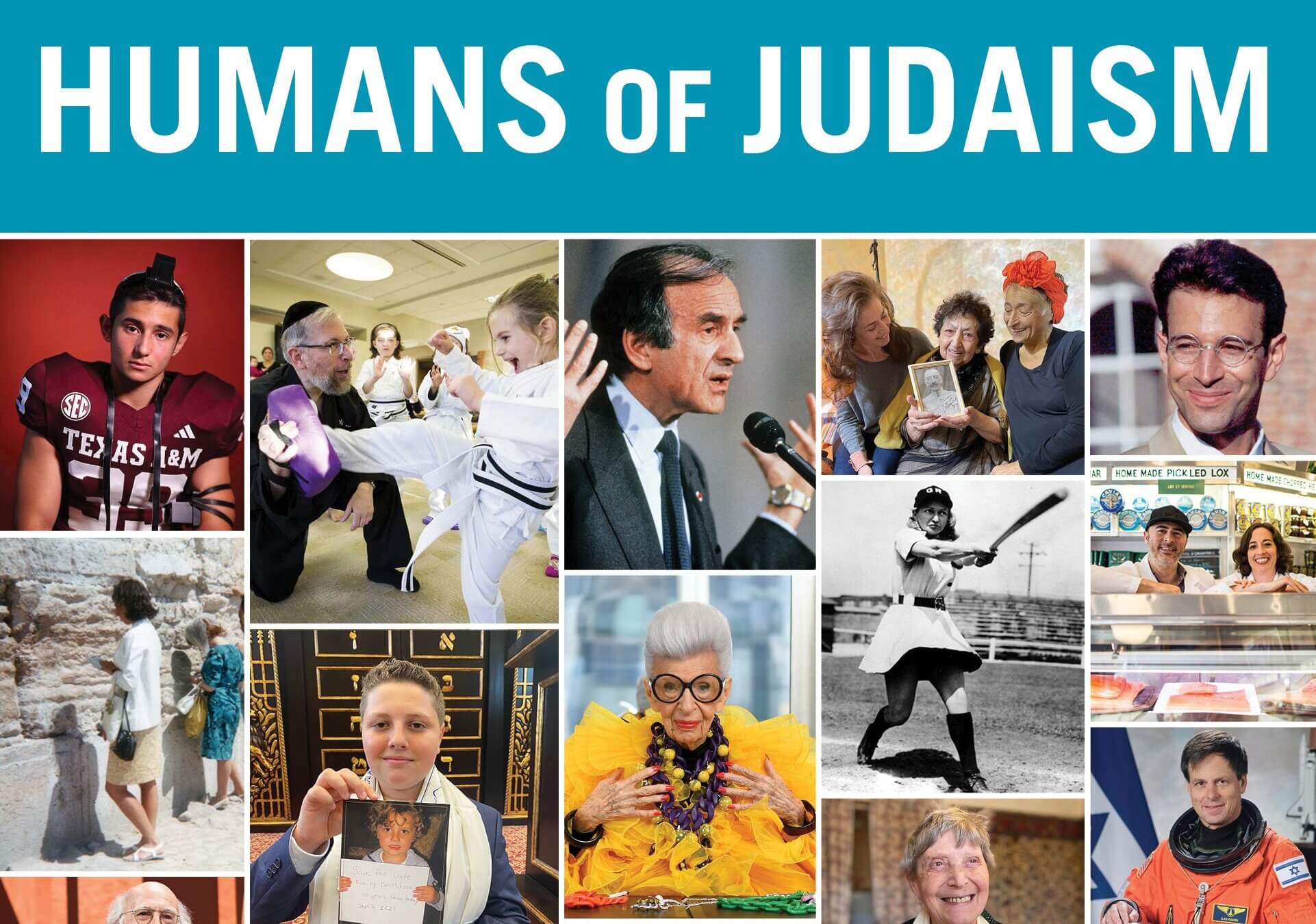
The founder of the viral page calls the book a ‘family photo album’
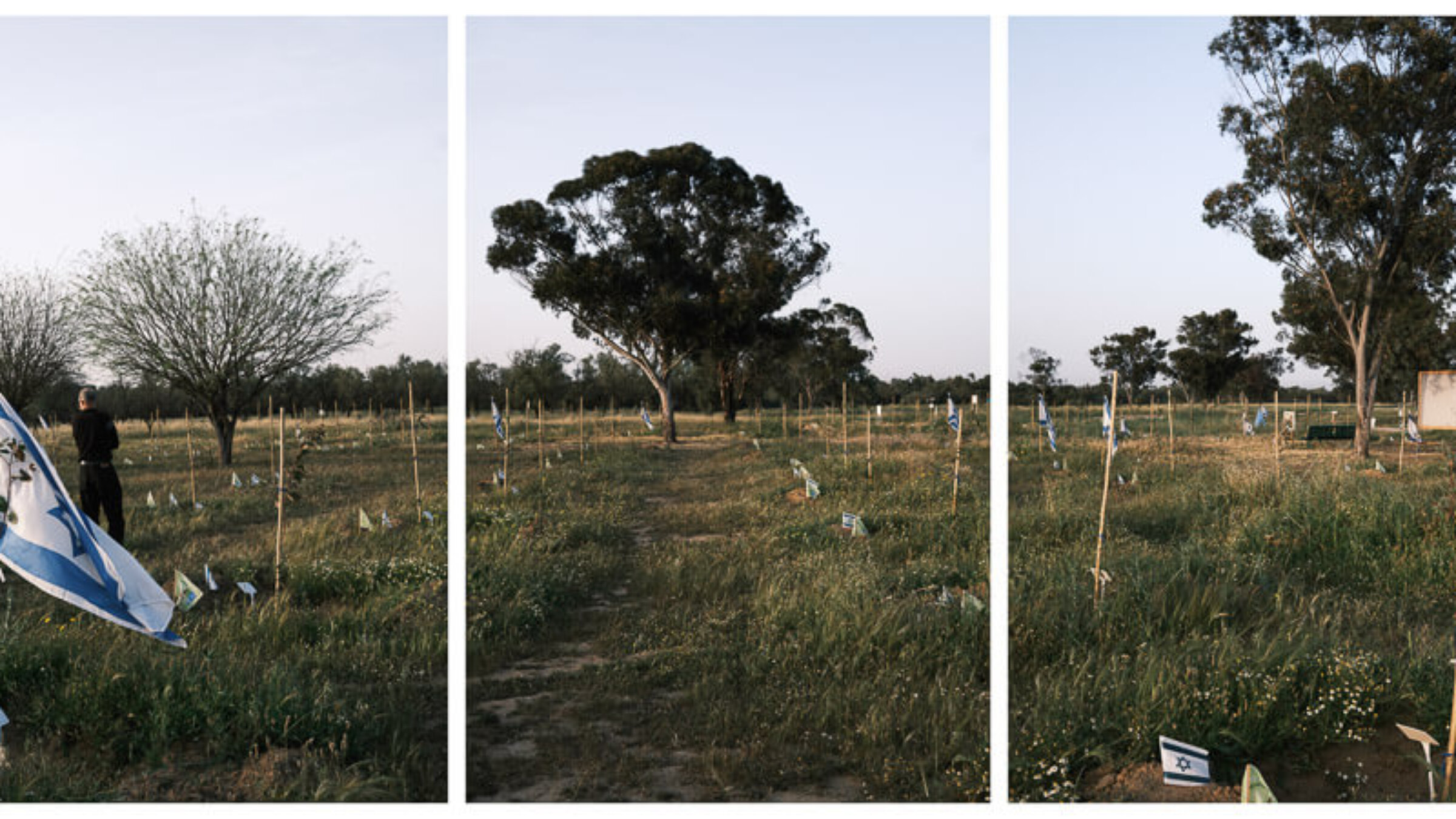
From the Nova site to the shuk in Jerusalem, seeking the wide view
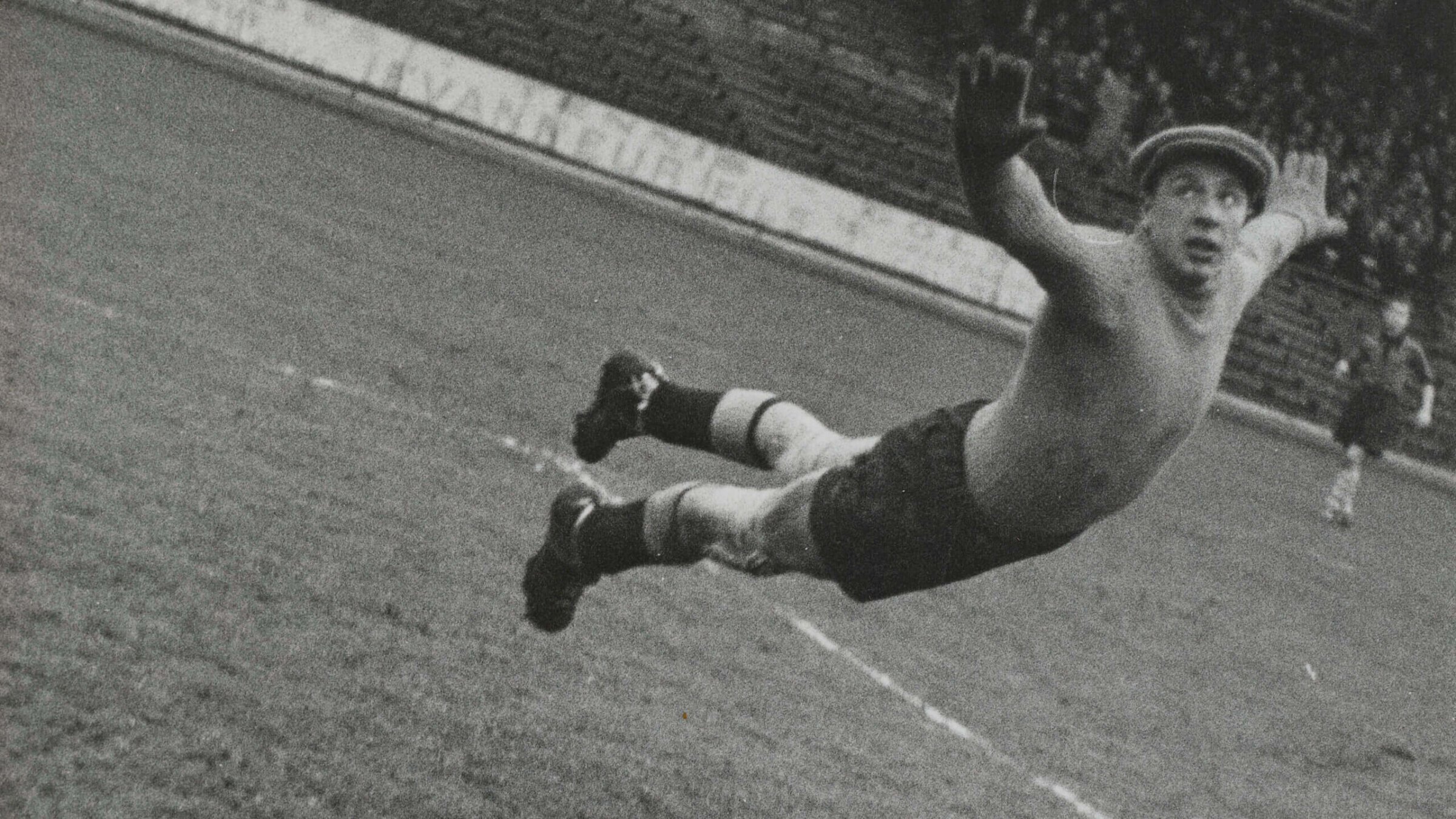
Just in time for the Olympics, Paris is celebrating the work of Jewish photographer André Steiner
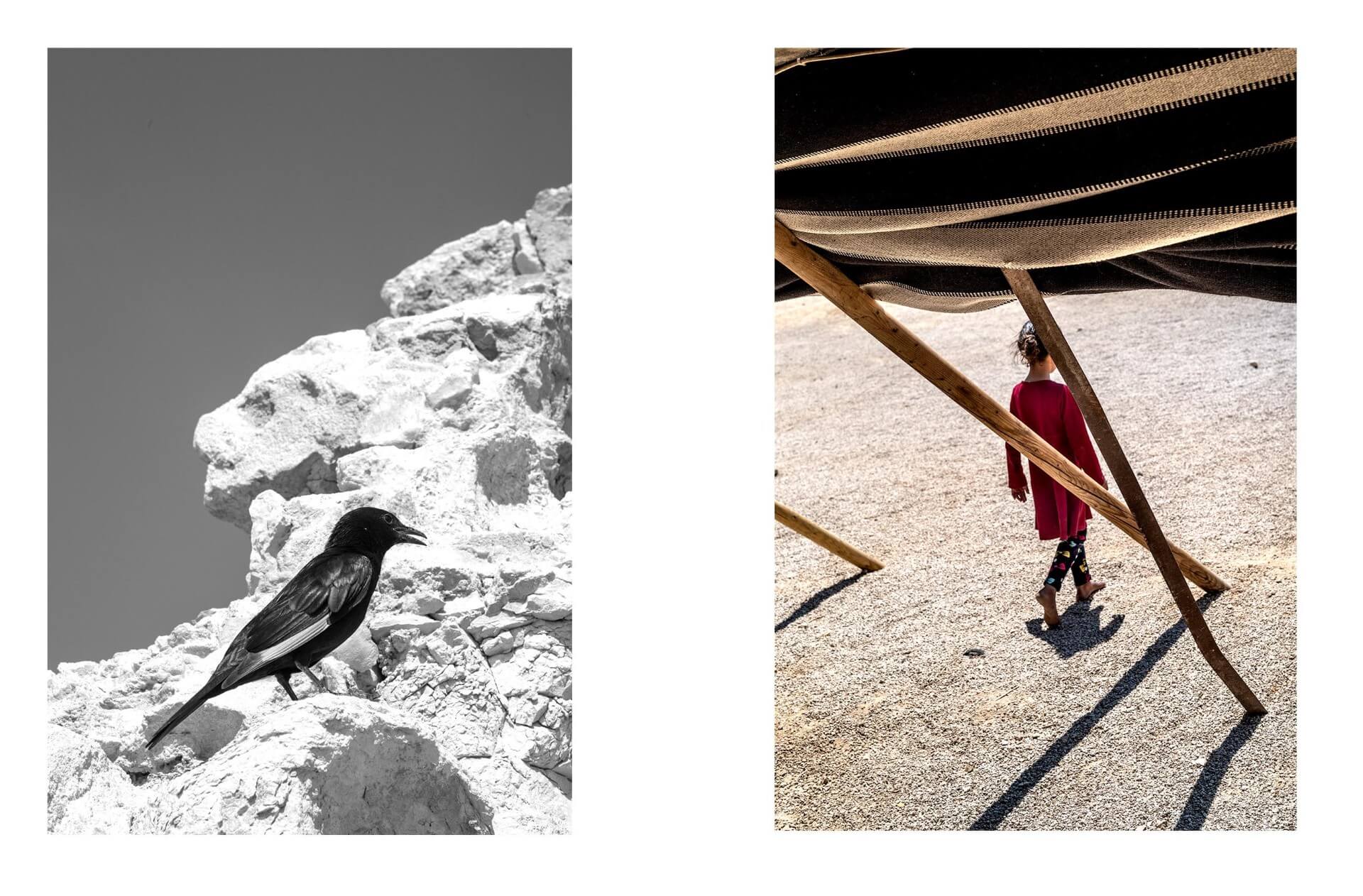
In Gibson's exhibit 'Sacred Land,' a first-time trip to Israel proved to be a deeply spiritual experience
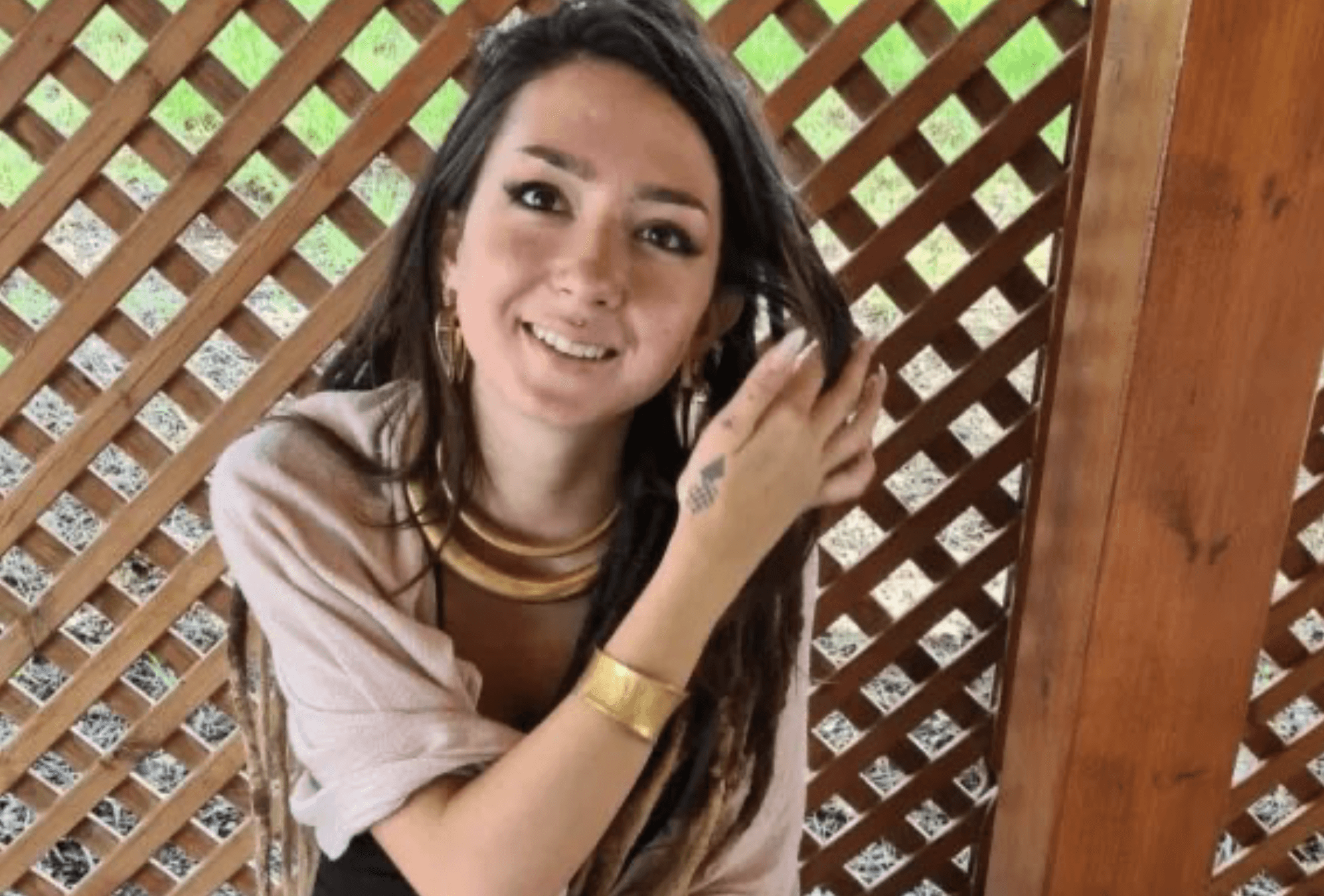
'What is the role of the photographer if it is not to bear witness?' said one journalist

How should we understand a proliferation of photos of IDF soldiers mocking Palestinian women’s lingerie?
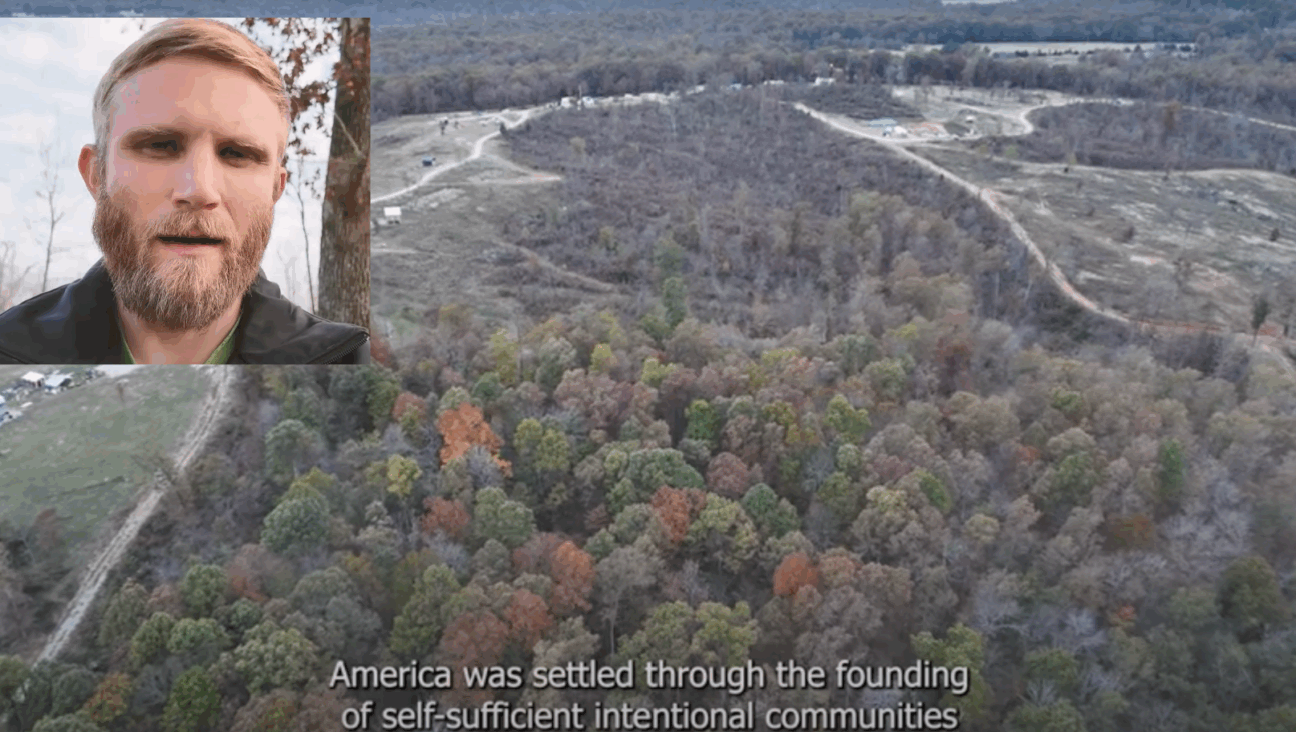
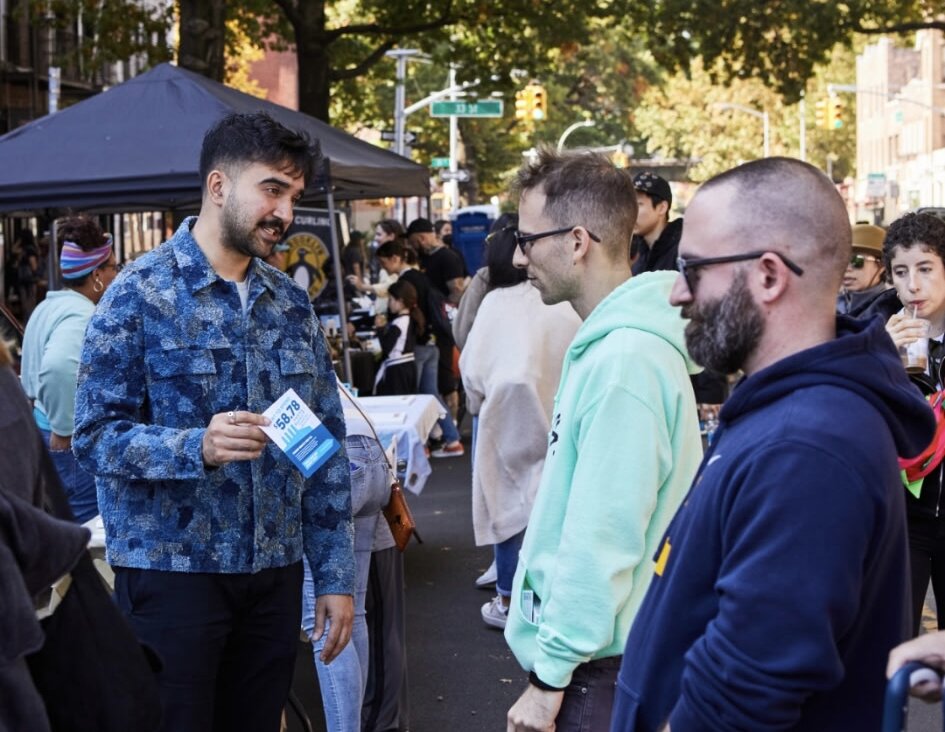

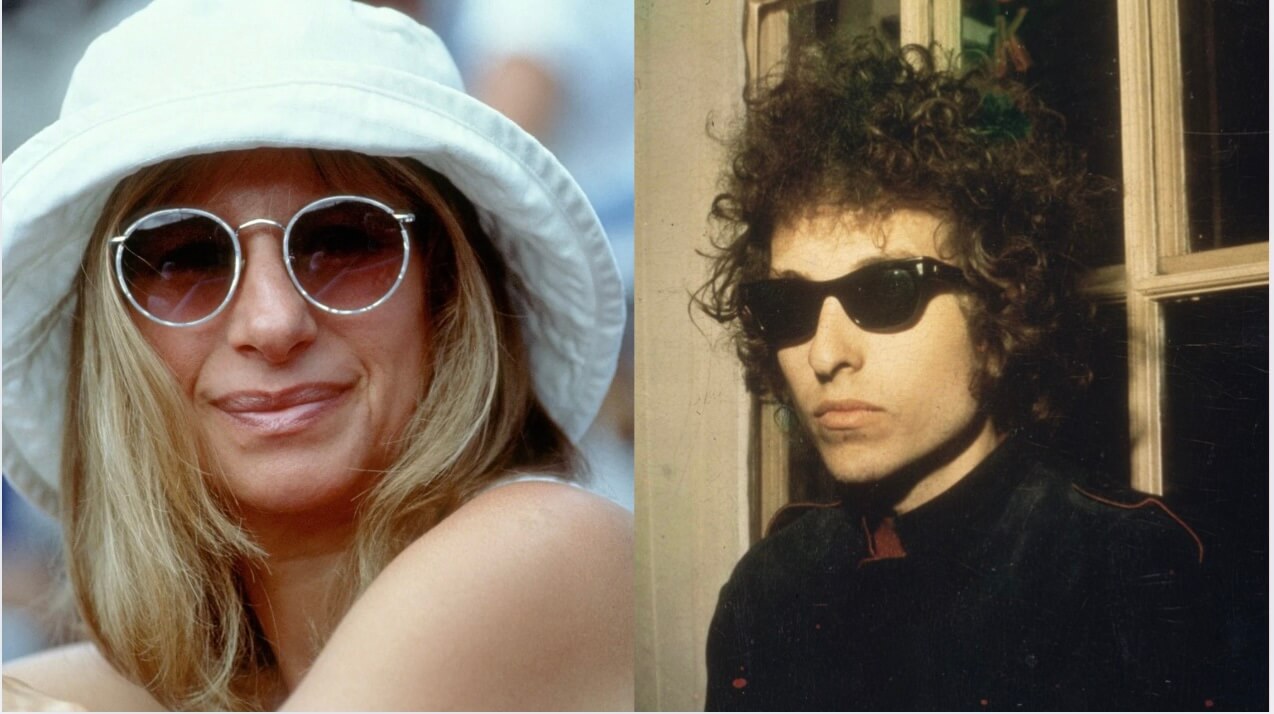
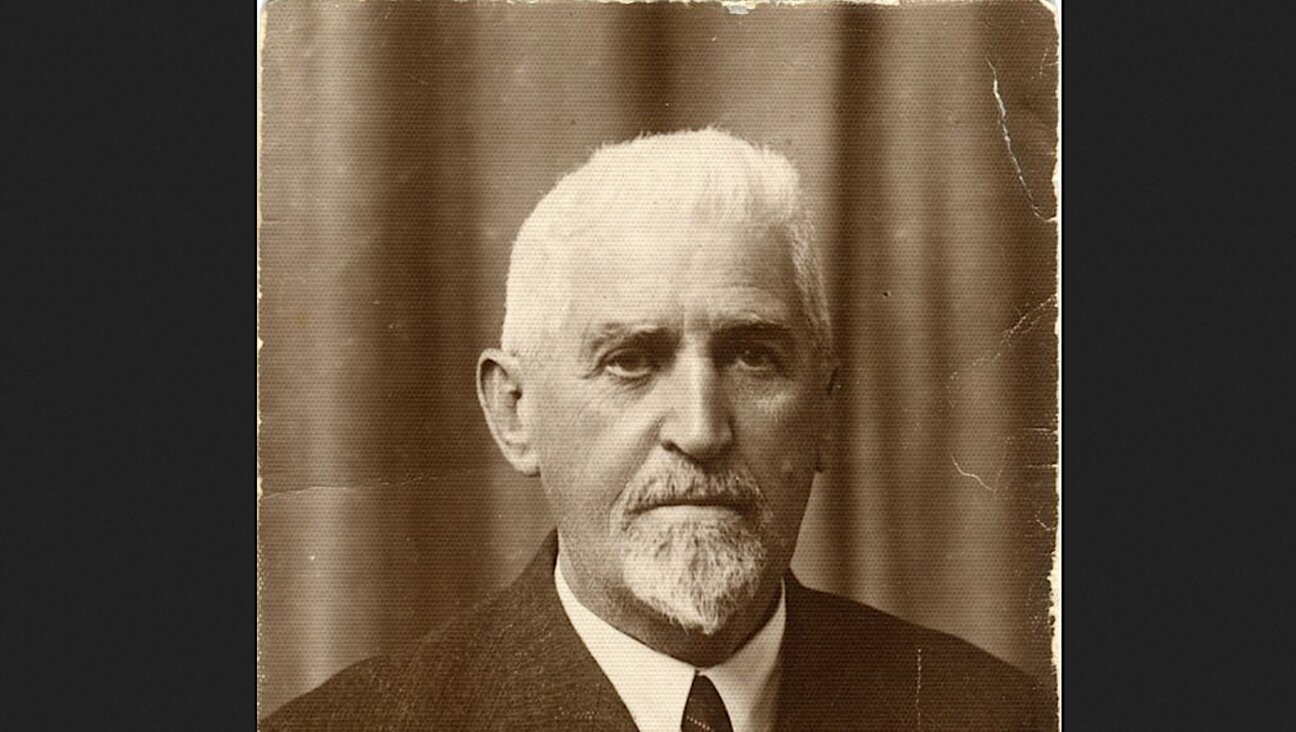
די ווילנער דאָקטוירים יעקבֿ וויגאָדסקי און צמח שאַבאַד זענען אויך געווען געזעלשאַפֿטלעכע טוער.
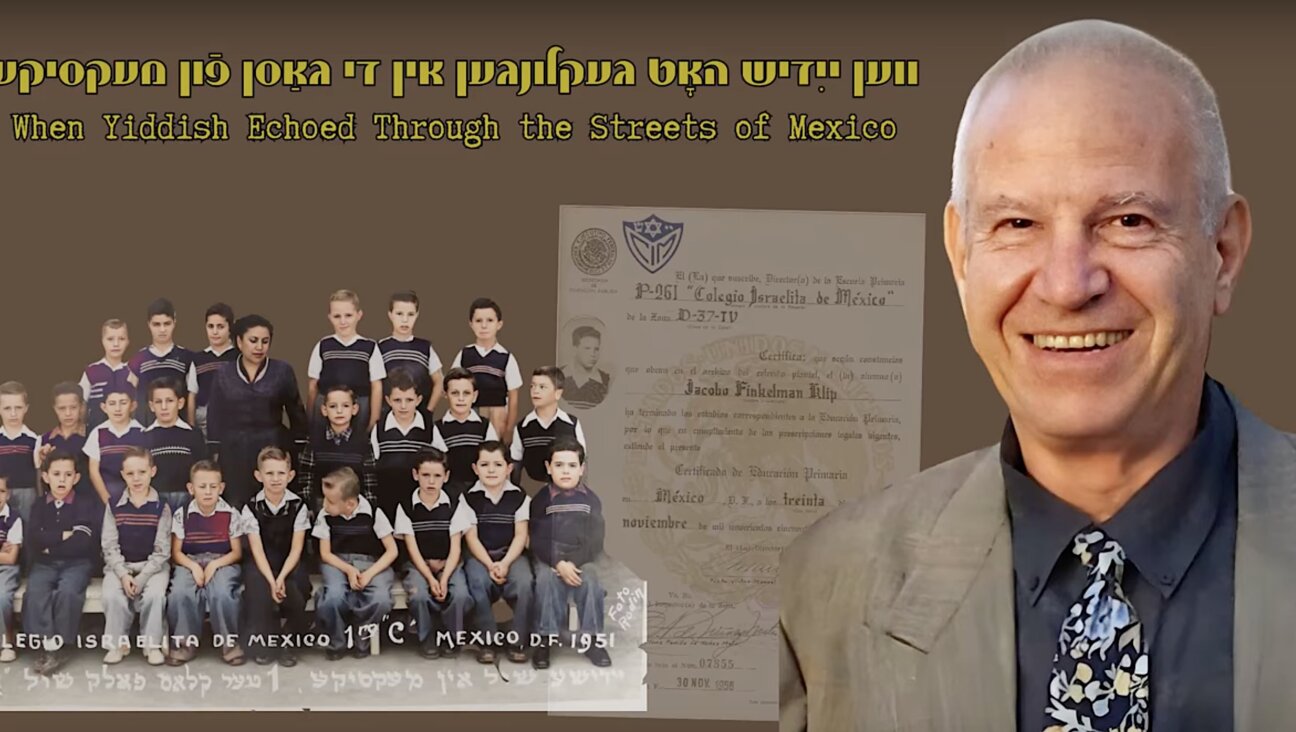
יעקבֿ פֿינקלמאַן באַשרײַבט אויך זײַן לאַנגיאָריקן פֿאַך — ווי ער האָט צוגעשטעלט וויסן אין טעלעקאָמוניקאַציע איבער דער וועלט
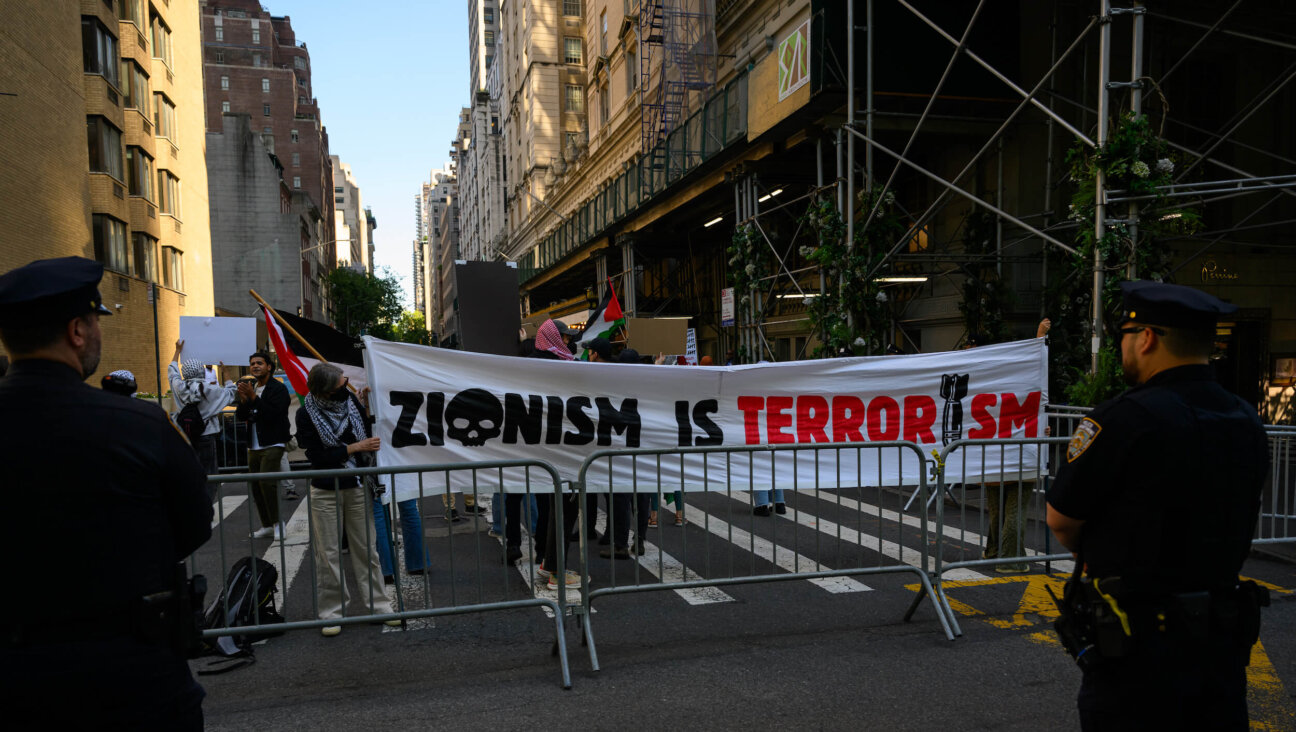
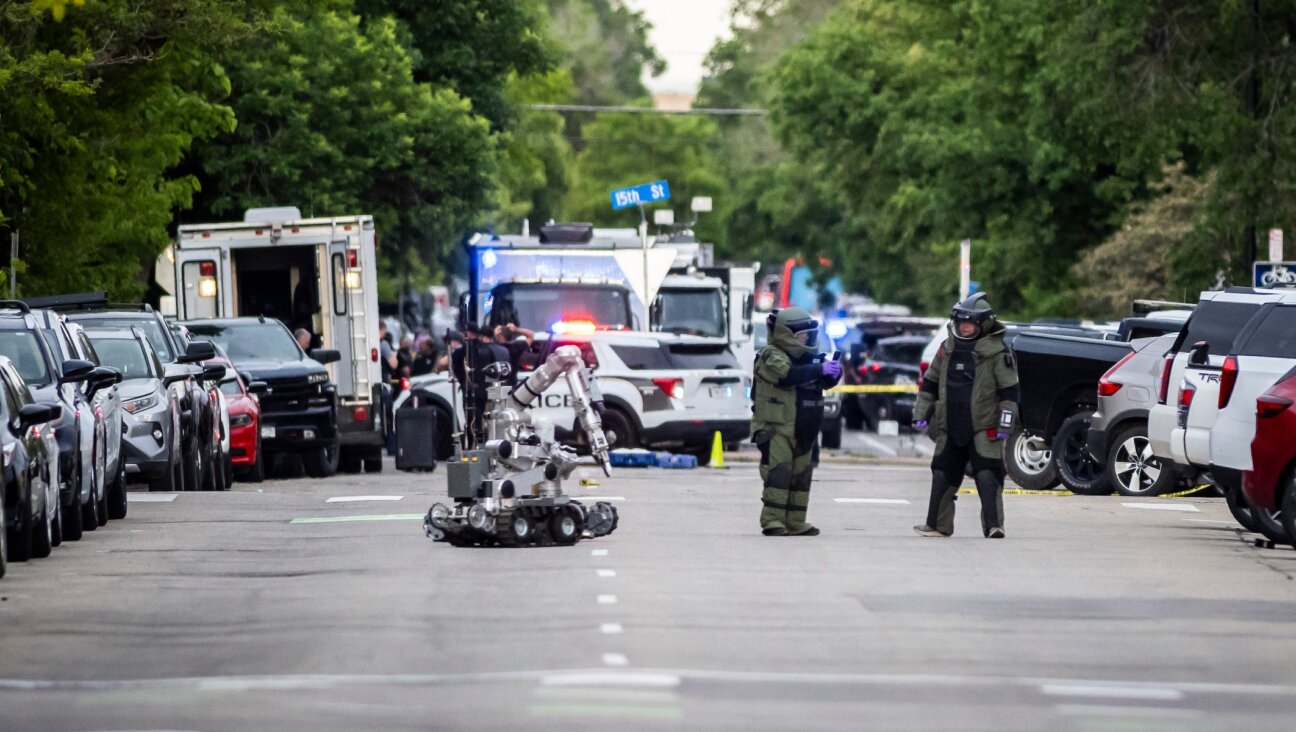
100% of profits support our journalism